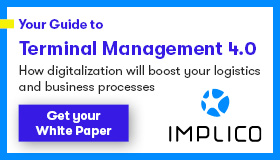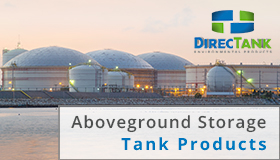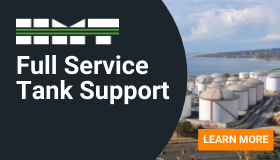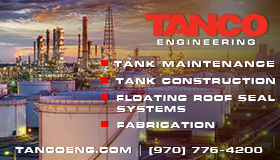Thierry Conti, senior vice president of subsea commercial and strategy for TechnipFMC, listened when opportunity knocked more than a decade ago, resulting in a wealth of experience he has since earned in different roles across the energy sector.
Conti started his professional journey as an intern at Fortis Bank in 2007, when he was a student at Ecole Centrale Nantes pursuing his master’s degree in engineering.
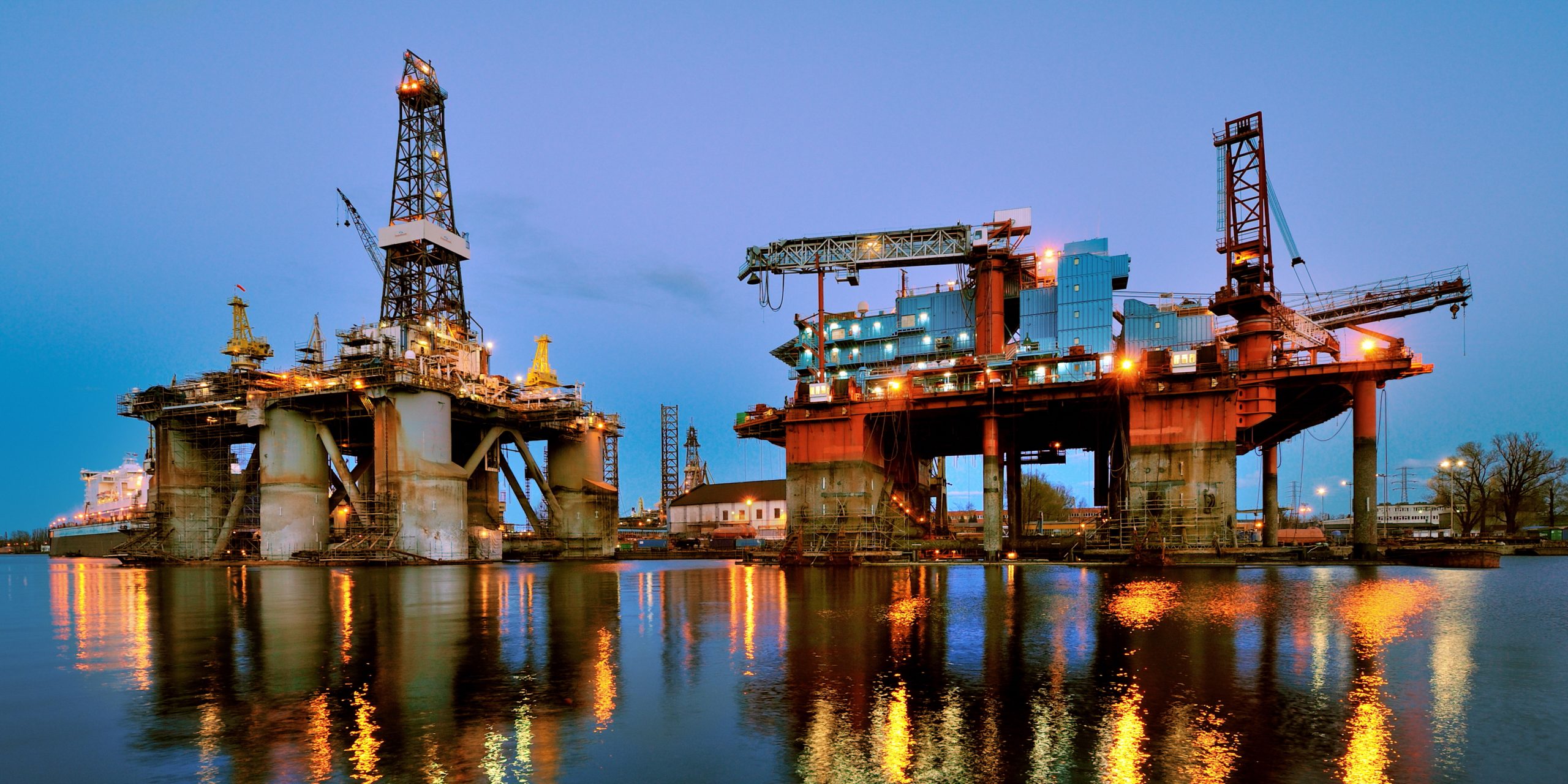
“In parallel, I also majored in finance at the same university,” Conti tells Upstream, adding that he also was considering a career in investment banking. True to engineering form, Conti tested both and “after a little bit of experience… and the financial crisis period in 2008 and 2009”, he started work at TechnipFMC.
Both skills were useful in the job, which involved large EPCI subsea contracts in Africa. “I was looking at the contractual risks from a financial point of view,” he says. “One needed to understand the technical aspect and exposure, but also how to protect the company from the contract management and financial exposure, whether it is the supply chain or the financing aspect.”
It is, according to Conti, how a life is made. “You start where you have an opportunity,” he says, acknowledging that for him it was a chance to learn from someone who inspired him.
“I think when you’re a young engineer, you don’t have a plan written. You just go where the first opportunity takes you,” he says. That first opportunity has blossomed into a career that has evolved over the past decade to include various roles, including the management of merger and acquisition transactions to offshore and subsea business development strategies.
It was the latter position that led to his move from Paris to Houston in 2014, one he held until 2017, when he was named the senior vice president of Genesis Americas.
In 2019, Conti was named senior vice president subsea product management, and to his current role in 2020. His time living and working near the US Gulf Coast revealed to him the massive potential of the Gulf of Mexico, appreciating the perspective of both the energy transition drive and the traditional oil and gas outlook.
“I think the business environment that the US can provide, with the right incentives, the right legislation, and the right support from the states and from the federal government, I think we can see a massive market and massive future for the Gulf of Mexico,” he says.
The US Gulf’s low-carbon footprint per barrel of oil produced, when combined with carbon capture, and a plan for more offshore renewable energy is a “great story that I believe we should all stand behind”, he says.
He is encouraged by how the oil and gas industry has “embraced the climate change challenge and recognized that it needs to be a part of the solution”.
Conti says: “We have all realized that we need to decarbonize, and now we must determine how to build a low-carbon solution for oil and gas.”
For the US Gulf of Mexico, leveraging its existing oil and gas infrastructure is the best way to support incremental increases in production with a low-carbon intensity, he says.
Additionally, the US Gulf represents a “fantastic opportunity” for carbon storage, offering proximity for industries along the coast a way to manage carbon dioxide emissions. “We have a unique opportunity to use the Gulf’s geologic profile, with massive aquifers and depleted reservoirs to use in a way that captures, transports, and injects carbon dioxide,”
“What is needed are more incentives to go along with that. The 45Q [tax credit] is good, but it is not enough. We need to continue to advocate for a better system to incentivize the emitters to capture, transport and inject.”
For more information visit www.technipfmc.com








